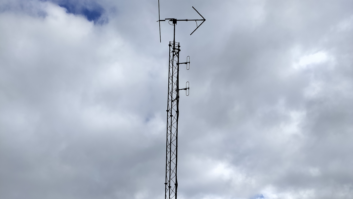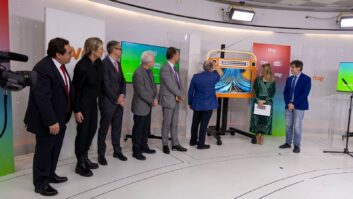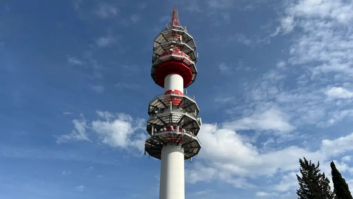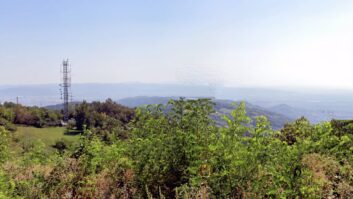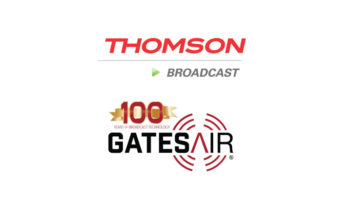
LONDON — The United Kingdom’s Radio Academy’s TechCon event provided a useful annual snapshot of the hot topics in radio engineering, and once again there were updates on the growth of DAB.
Paul Eaton of transmission service provider Arqiva set out the 45 high-power transmitter sites that will broadcast a second national commercial radio multiplex from early 2016, carrying an expected 15 stations, including one broadcasting in DAB+.
Sammy Jacob shared his experience of the new trial small-scale DAB multiplex in London (see Radio World International, September 2015) transmitting his multi-platform music service CDNX — the Camden Xperience. An international perspective came from Michel Gascoin of Norway’s NRK, who set out the country’s progress toward FM switch-off in 2017, with the public broadcaster’s DAB coverage now reaching 99.5 percent of the population, matching that of FM; and commercial DAB coverage at 92.8 percent.

James Kwaje from Eye Radio speaks to the audience
at TechCon. Photo by Rupert Brun

Bullet holes pierce a satellite dish in South Sudan.
Photo courtesy Internews
James Kwaje from Eye Radio and Steven Lemmy of Internews described the challenges of radio engineering in the conflict zone of South Sudan.
These were graphically illustrated by a photo of a satellite dish riddled with bullet holes, from a former The Radio Community. The Radio Community is a newly established South Sudanese NGO, which manages a network of community/local radio stations with the support of Internews) station in the town of Leer.
Kwaje said equipment had to be portable, should it need to be concealed for safety, and called for manufacturers to ensure that new technology is bulletproof, weatherproof and easily transported by boat. With fuel costs to keep the station on air at around US$15,000 per month, he added that they were keen to use solar power where possible.

The British Library’s Adam Tovell discusses archiving radio.
The fitting venue for the conference was the British Library in London. Adam Tovell from its sound archive outlined the extensive audio collection, with around 1.5 million items in more than 40 different formats. The library faces a significant challenge in the move to digital — around 2 percent of the collection is held in digital form, and at the current rate of digitization, this will take around 40 years to complete. However there was a warning that in around 15 years, a combination of degradation and obsolescence could make any further digitization impossible.
The British Library also holds the U.K.’s national radio collection, including over 120,000 hours of radio from the 1930s to today. Archivists estimate that at present, 92 percent of U.K. radio is not subject to long-term preservation. The library announced a working group from across the British radio industry to explore how a radio archive could be established to capture output permanently, and make it available for future research, enjoyment and inspiration.
Will Jackson reports on the industry for Radio World from London.






